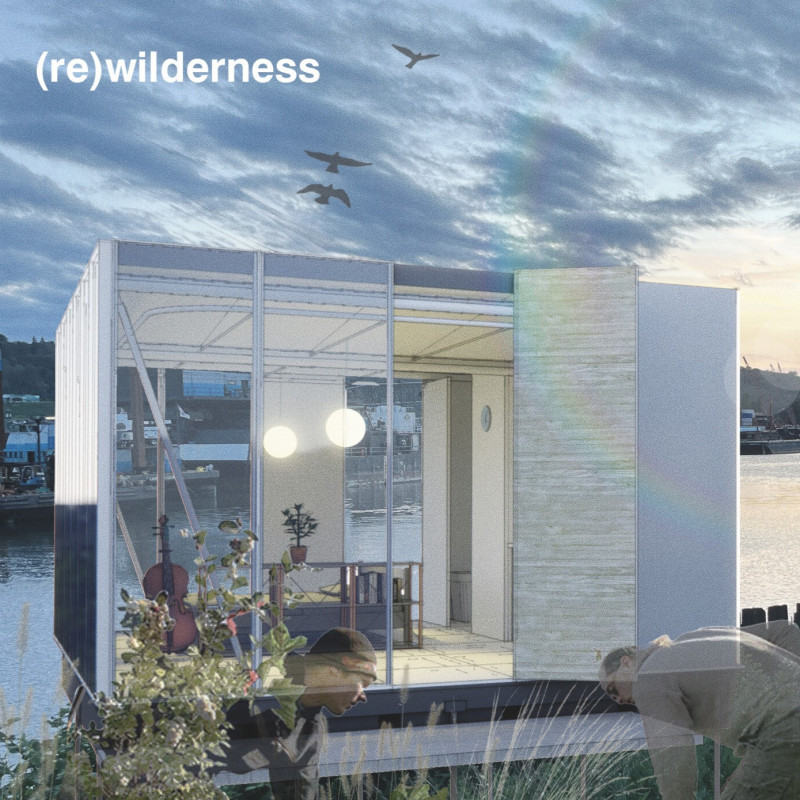5 key facts about this project
This project represents an adaptation of traditional architectural practices to meet modern-day needs while respecting the cultural context of its surroundings. The concept marries sustainability with functionality, creating spaces that are both efficient and environmentally conscious. The building’s design reflects a commitment to reducing its ecological footprint through the use of sustainable materials and energy-efficient systems.
At the core of the project is a carefully considered layout, which prioritizes user experience. The strategic arrangement of spaces facilitates natural movement and interaction among residents and visitors. Common areas, such as communal gardens and integrated retail zones, are designed to encourage social engagement, thus fostering a sense of community. Each space is meticulously designed to balance privacy and openness, catering to diverse lifestyle needs while maintaining a cohesive overall design.
The exterior of the building features a combination of materials that resonate with the local context. Thoughtfully selected elements such as locally sourced stone, recycled metal, and large glass panels create a harmonious blend that is visually appealing and contextually relevant. The use of glass not only allows for ample natural light but also creates a visual connection between the interior and the exterior, encouraging occupants to engage with their surroundings. Moreover, the choice of materials supports durability and longevity, ensuring that the structure can withstand the elements while requiring minimal maintenance.
Unique design approaches utilized in this project include innovative space-saving techniques and green building principles. The inclusion of green roofs and vertical gardens not only enhances the aesthetic quality of the building but also contributes to biodiversity and urban cooling. These features, along with rainwater harvesting systems, underscore a commitment to reducing resource consumption. The design incorporates smart technology, allowing for energy efficiency to be maximized while providing comfort and convenience for users.
Architectural plans reveal detailed attention to spatial dynamics and functionality while architectural sections showcase the building's thoughtful layering and integration with its environment. Interior architectural designs highlight flexible layouts that can adapt to different uses over time, ensuring that the space remains relevant and functional as community needs evolve.
Overall, this project stands as an exemplary model of modern architecture that balances aesthetic considerations with practical functionality. Its careful design reflects a deeper understanding of the interplay between space, materiality, and user experience. Exploring the architectural plans, sections, and various design elements will provide further insights into the innovative ideas that shape this remarkable project. For more details on this architectural endeavor, viewers are encouraged to delve into the presentation of the project to fully appreciate its thoughtful integration into the urban fabric.


























